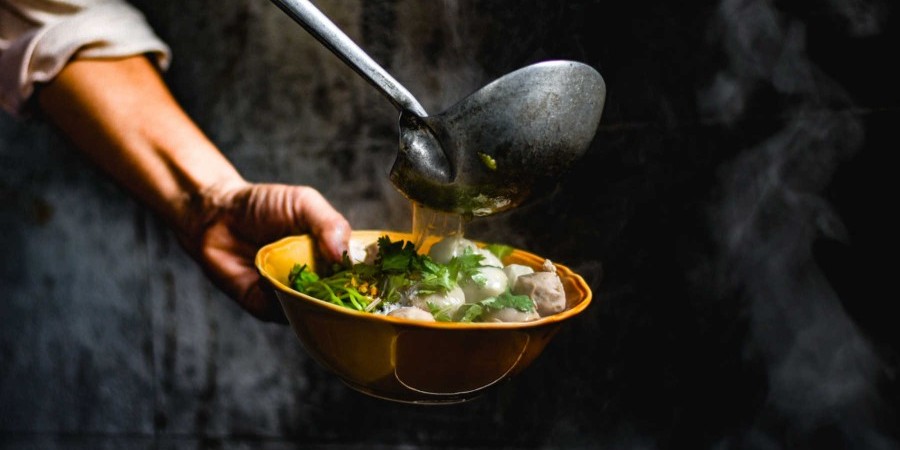
For soups, broths, and more, kettles are incredibly worthwhile pieces of equipment. Typically, one might think to use a stockpot for anything related to soups, stews, and hot liquids. However, unlike stockpots, kettles are more consistent and easier to cook with. Kettles heat their contents from all sides, ensuring an even and thorough job, and do not require adjustment or monitoring like stockpots do. For restaurants that need to quickly produce large quantities of food, such as quick service establishments, kettles are a sound investment.
There are a few different kettle types with unique capabilities. Stationary kettles are large units that, true to their name, are meant to be installed in one place and not moved around. They have drain pipes installed in their bases; this is a benefit because since they drain liquid from the bottom of the unit, they can more easily separate soups and stock from fats. A tilting kettle is on a moveable axis, allowing the user to tip the kettle over and pour out its contents. There is room below the unit to place troughs, bowls, or any other containers that can easily catch the contents of a tilting kettle. Finally, there are countertop kettles; these units are smaller, compact versions of the former two kettles that have less capacity but are easier to move around and store.
Steamers are appliances that are best suited for foods like vegetables and fish. They look similar to electronic ovens and operate very similarly. As the name implies, they use hot steam to heat up items placed inside. Many steamers today are boilerless, meaning that they do not have a water boiler like more traditional models. This makes them more energy and water efficient—a boon for reducing maintenance fees. As with kettles, steamers are great for getting large quantities of food heated quickly and efficiently.
Tilt skillets, also known as braising pans, are used to both cook and serve food. These machines have handles with which the user can tip the pan over and empty its contents. They are also equipped with such attachments as a spout or drain, which enables the user to flush out any unwanted fluids or liquids from the final product. Some tilt skillets are small enough to be placed on any countertop, so if space is an issue, these smaller models are a good buy. While they may not be as useful for made-to-order meals, they are good for cooking food in bulk quantities with set parameters, in addition to keeping that food warm until it is ready to be served.


Bad |
Rate as 5 star | Good |
||

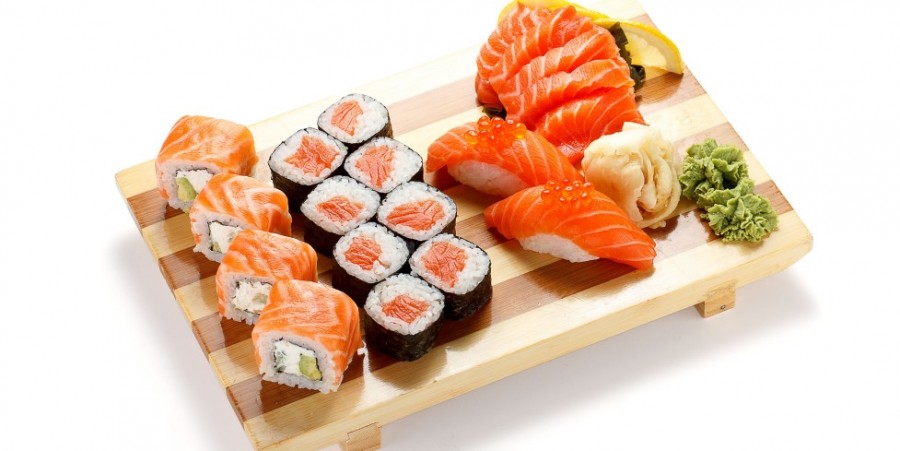
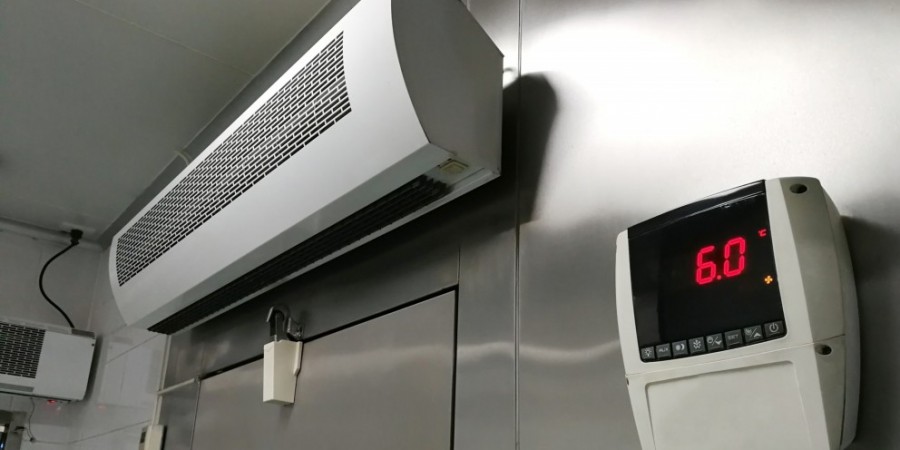
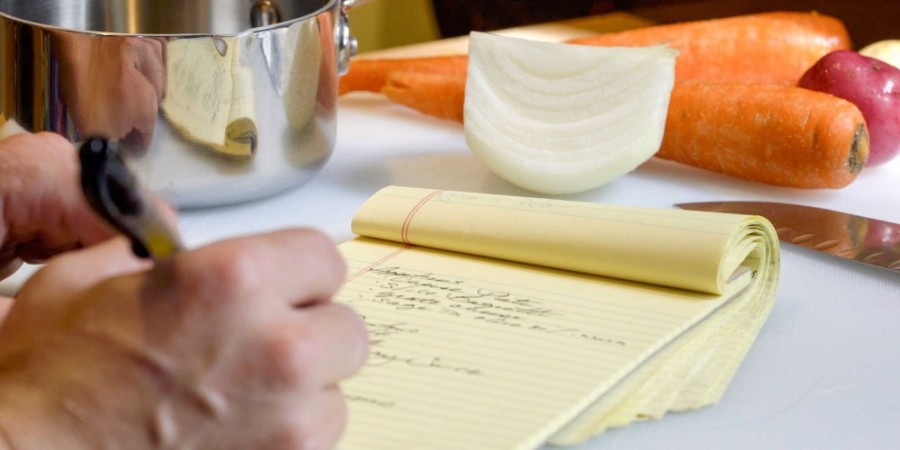
 Filter by category. | |
| REW | 152 |
| REW Academy | 131 |
| Restaurants | 129 |
| Website Categories | 125 |
| Articles | 117 |
| Kitchen | 53 |
| Vendors | 32 |
| Tutorials | 29 |
| Food | 26 |
| Customers | 22 |
| Events | 15 |
| Interviews | 9 |
| Web | 8 |
| Funny | 7 |
| Infographic | 6 |
| Social Media | 5 |
| Trends | 3 |
 Most popular (top 5) | |
 | Life Kitchen Florida App |
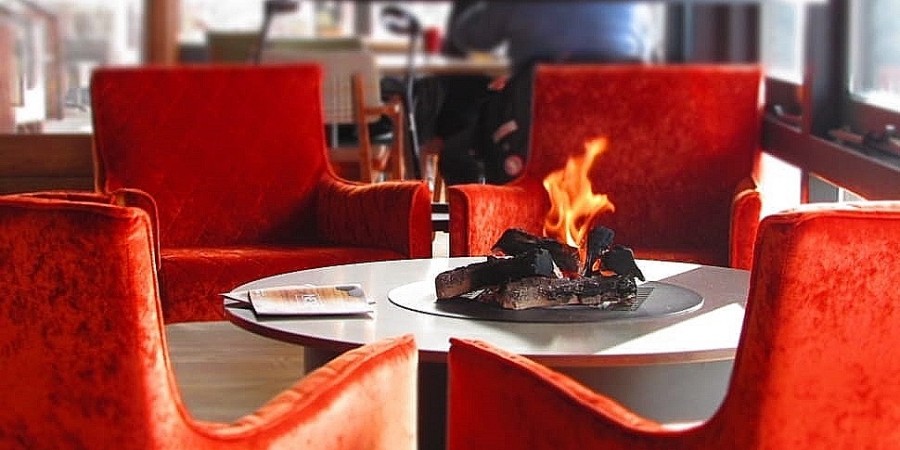 | Indoor Chairs and Bar Stools Overview |
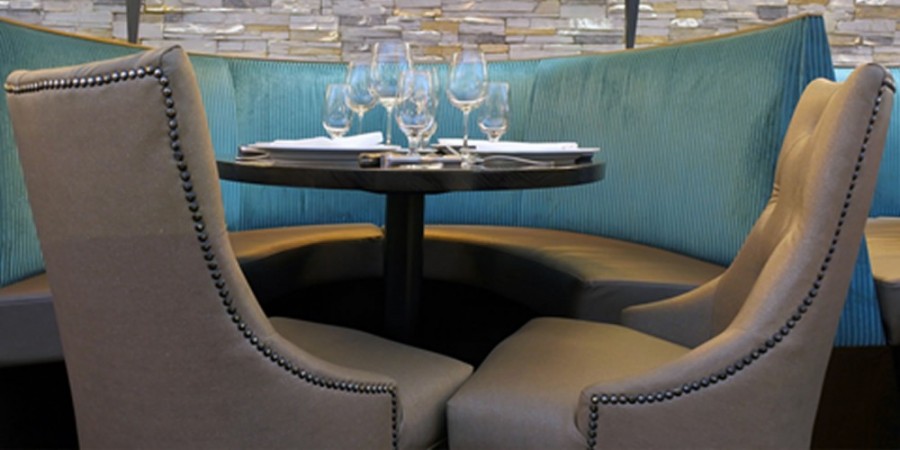 | Booths |
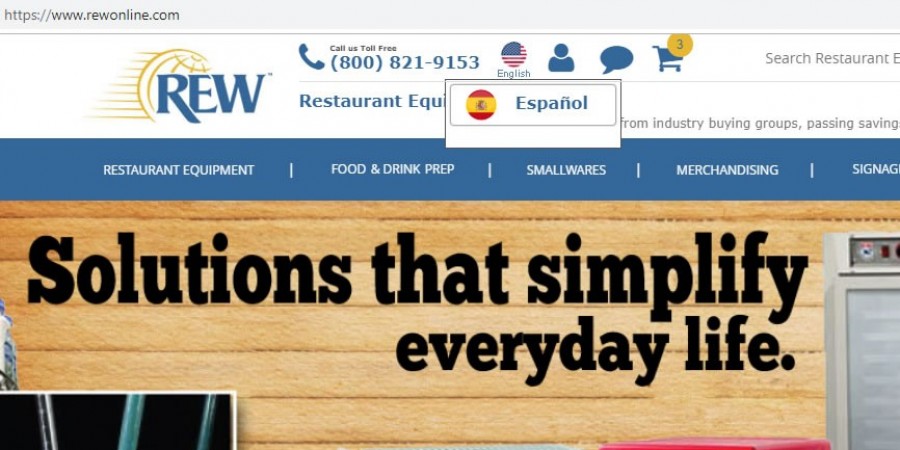 | Restaurant Equipment World (REW) Launches NEW Spanish Version of Website |
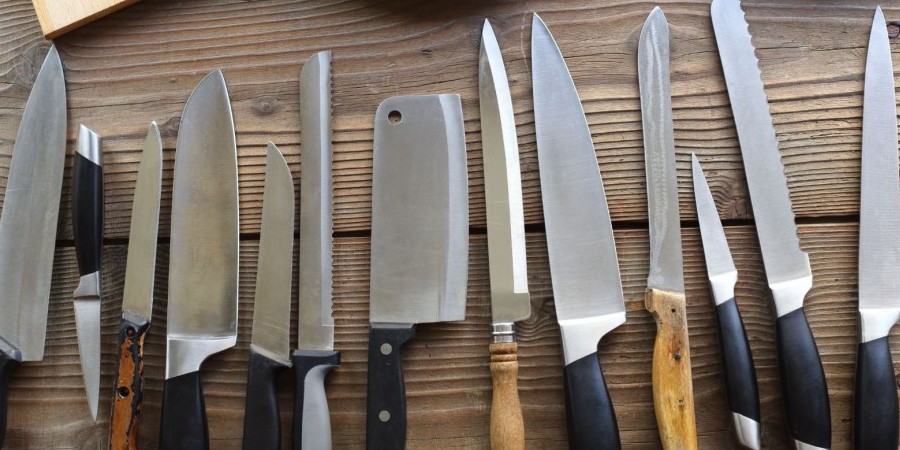 | Complete Guide to Cooking Knives |